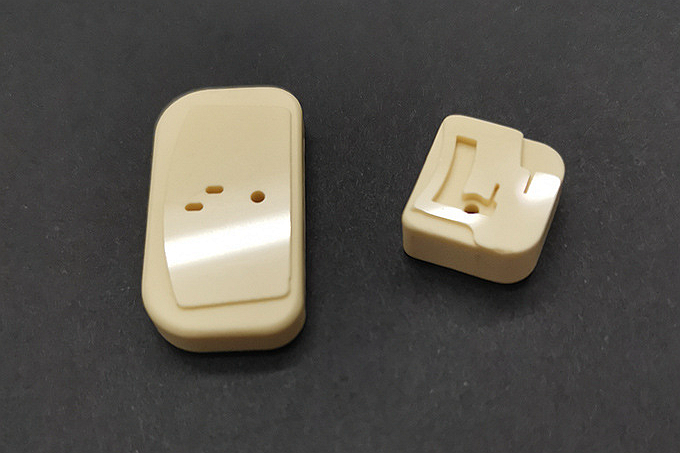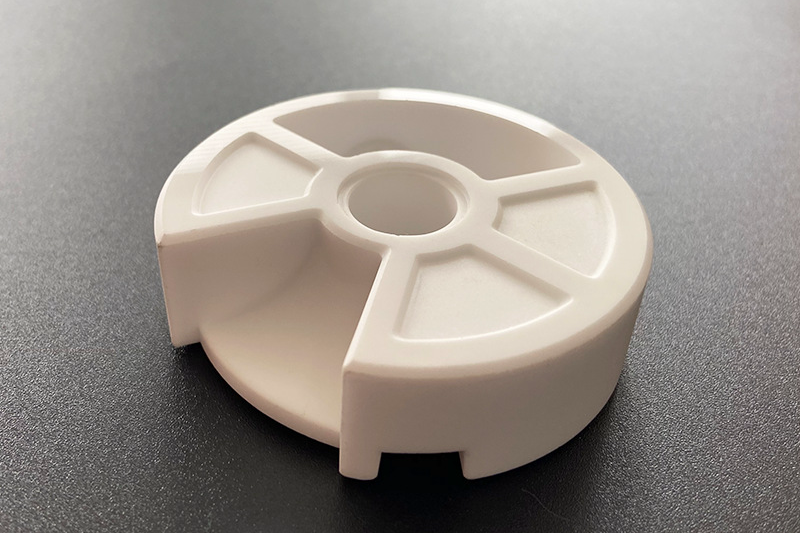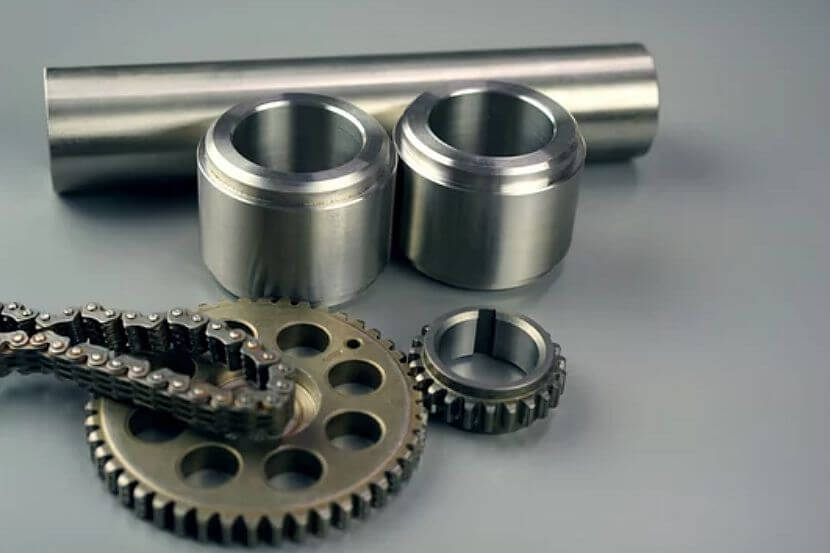How to assess and ensure long-term biocompatibility of implant materials?
For implantable devices, long-term biocompatibility is not only a material property but a system result of alloy choice, manufacturing route, surface condition, and cleanliness. From an engineering standpoint in medical device applications, assessment must begin with standardized biological evaluation, then be extended to process validation, surface characterization, and post-market feedback. The goal is to ensure that the final component—after molding, sintering, machining, and surface treatment—remains chemically stable and biologically inert or bioactive in a controlled way over many years in the body.
Material and Process Screening
The first step is to select proven implant alloys and ceramics with an extensive clinical history. Titanium alloys produced via MIM Ti-6Al-4V or Ti-6Al-7Nb offer high strength, corrosion resistance, and good tissue compatibility. For load-bearing ceramic components, high-purity alumina and zirconia produced by ceramic injection molding provide excellent wear performance and low ion release. When polymeric parts are required—such as housings or temporary implants—medical-grade thermoplastics processed through plastic injection molding must be validated for extractables, leachables, and residual monomers.
Biological and Chemical Evaluation
Biocompatibility assessment follows ISO 10993-type test strategies: cytotoxicity, sensitization, irritation, systemic toxicity, genotoxicity, and, for long-term implants, chronic toxicity and implantation studies. In parallel, corrosion and ion-release testing in simulated body fluids is essential, especially for metallic implants manufactured via metal injection molding where residual porosity and binder residues must be strictly controlled. Chemical analysis verifies alloy composition, impurity levels, and any additives used in molding or sintering that could migrate into tissue over time.
Surface Treatment, Cleanliness, and Finish
Because cells interact first with the surface, manufacturing must ensure a stable, clean interface. Passivation is used on stainless steel and titanium to create a robust oxide layer and reduce metal ion release. For complex geometries, electropolishing removes embedded contaminants and sharp micro-peaks that could damage tissue or harbor bacteria. Processes like tumbling help to deburr and smooth edges while maintaining the roughness required for osseointegration. Every surface treatment must be validated to show it does not introduce new toxic species or adversely change surface chemistry over time.
Process Validation and Long-Term Assurance
To ensure that biocompatibility is maintained consistently, manufacturing processes must be validated and locked. In prototyping phases, conservative process windows are defined and then confirmed by destructive testing on worst-case parts (maximum porosity, smallest cross-sections, most aggressive surface treatments). Cleanliness validation includes particulate and endotoxin limits, with all steps designed for compatibility with medical sterilization methods. For long-term assurance, periodic requalification and batch-level monitoring of critical parameters—sintering profiles, surface roughness, oxide thickness, and contamination levels—are combined with field feedback from medical device OEMs to continually refine the design and process.



